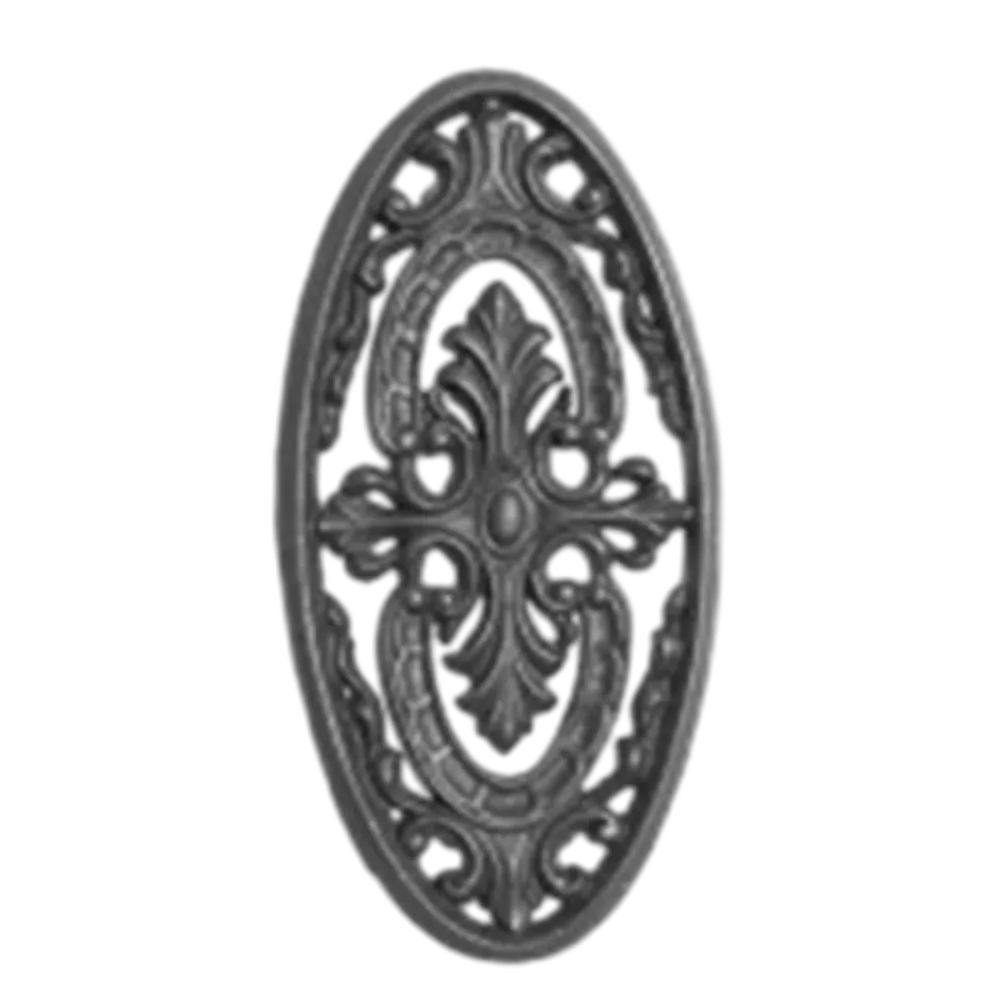ornamental castings
Ornamental castings are a fascinating aspect of metalworking that combine artistry with engineering, creating decorative elements that enhance the aesthetic appeal of various structures and items. These castings are made from metal, typically iron, aluminum, or bronze, and are used in a wide array of applications, from architectural details to furniture and garden embellishments.
The process of creating ornamental castings begins with a design, often inspired by historical styles or natural motifs. Craftsmen utilize patterns made from materials such as wood or plastic, which are then used to create molds. These molds are critical because they determine the final shape and detail of the casting. Once the mold is prepared, molten metal is poured in, filling the cavity left by the pattern. After the metal cools and solidifies, the mold is broken away to reveal the intricacies of the ornamental piece.
One of the key benefits of ornamental castings is their durability. Metal, especially cast iron, is exceedingly robust, making these pieces ideal for outdoor use. Garden gates, railings, and benches adorned with intricate designs can endure the rigors of weather while aging gracefully over time. Beyond their functionality, these castings are celebrated for their artistic value. Many artisans put significant effort into ensuring their work not only serves a purpose but also stands as a testament to craftsmanship.
ornamental castings

Historically, ornamental castings played a prominent role in architecture
. From the ornate railings of Victorian buildings to the intricate details found in Gothic cathedrals, these pieces contributed significantly to the character of structures. Today, while modern construction often favors minimalism and utility, there is a resurgence of interest in decorative castings, driven by a desire for unique and personalized designs in homes and public spaces.In contemporary settings, ornamental castings are seen in various applications, including furniture design, where they are integrated into tables, chairs, and light fixtures. Artists and designers are increasingly experimenting with techniques such as patinas and finishes that highlight the details of the castings, allowing for modern interpretations of traditional designs.
In conclusion, ornamental castings are more than mere decorative elements; they represent a blend of artistry, tradition, and durability. As they continue to evolve and find new applications in the modern world, these castings remain a cherished craft that enhances our surroundings and keeps the spirit of artistic expression alive.
-
Wrought Iron Components: Timeless Elegance and Structural StrengthNewsJul.28,2025
-
Window Hardware Essentials: Rollers, Handles, and Locking SolutionsNewsJul.28,2025
-
Small Agricultural Processing Machines: Corn Threshers, Cassava Chippers, Grain Peelers & Chaff CuttersNewsJul.28,2025
-
Sliding Rollers: Smooth, Silent, and Built to LastNewsJul.28,2025
-
Cast Iron Stoves: Timeless Heating with Modern EfficiencyNewsJul.28,2025
-
Cast Iron Pipe and Fitting: Durable, Fire-Resistant Solutions for Plumbing and DrainageNewsJul.28,2025
-
 Wrought Iron Components: Timeless Elegance and Structural StrengthJul-28-2025Wrought Iron Components: Timeless Elegance and Structural Strength
Wrought Iron Components: Timeless Elegance and Structural StrengthJul-28-2025Wrought Iron Components: Timeless Elegance and Structural Strength -
 Window Hardware Essentials: Rollers, Handles, and Locking SolutionsJul-28-2025Window Hardware Essentials: Rollers, Handles, and Locking Solutions
Window Hardware Essentials: Rollers, Handles, and Locking SolutionsJul-28-2025Window Hardware Essentials: Rollers, Handles, and Locking Solutions -
 Small Agricultural Processing Machines: Corn Threshers, Cassava Chippers, Grain Peelers & Chaff CuttersJul-28-2025Small Agricultural Processing Machines: Corn Threshers, Cassava Chippers, Grain Peelers & Chaff Cutters
Small Agricultural Processing Machines: Corn Threshers, Cassava Chippers, Grain Peelers & Chaff CuttersJul-28-2025Small Agricultural Processing Machines: Corn Threshers, Cassava Chippers, Grain Peelers & Chaff Cutters












